When Cadillac launched the CTS-V in 2004, it wasn’t chasing tradition—it was challenging it. Built with Corvette power and a manual gearbox, the CTS-V was a sharp turn away from the soft, image-heavy sedans Cadillac had become known for. It didn’t just look aggressive—it had the numbers to back it up, and it wasn’t afraid of German rivals.
Over three generations, the CTS-V evolved into one of the most serious performance sedans ever built in America. This article looks at ten key moments and models that shaped its legacy—some rare, some underrated, but all worth remembering.
2004: The First CTS-V Changed Cadillac’s Reputation
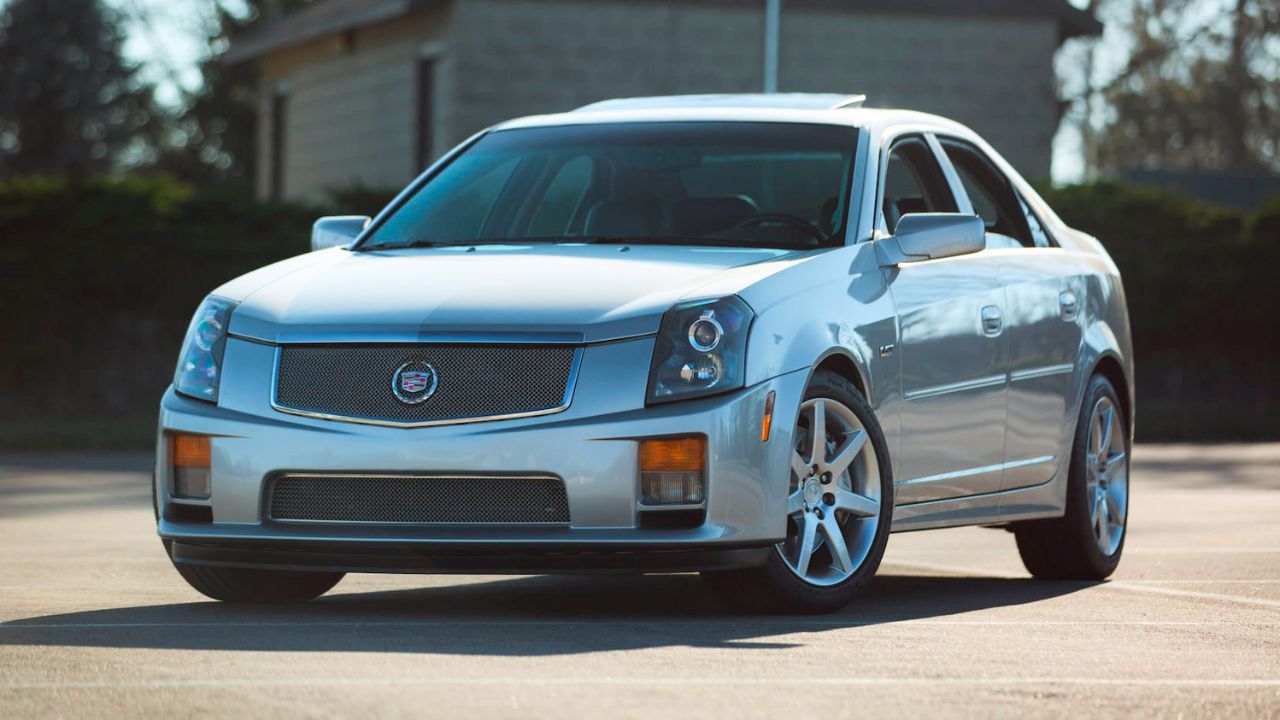
When Cadillac dropped the first CTS-V in 2004, it was clear the brand was chasing something different. Under the hood was a 5.7L LS6 V8, borrowed straight from the C5 Corvette Z06, pushing 400 horsepower through a 6-speed Tremec manual.
Cadillac sold only about 8,500 units in its first two years, but it didn’t matter. It had Nürburgring credentials and ran 0–60 in under 5 seconds—serious numbers for a luxury sedan in the early 2000s. It proved Cadillac could build a car that didn’t just look sharp but moved with real urgency.
2006: CTS-V Gets More Torque with the LS2 V8
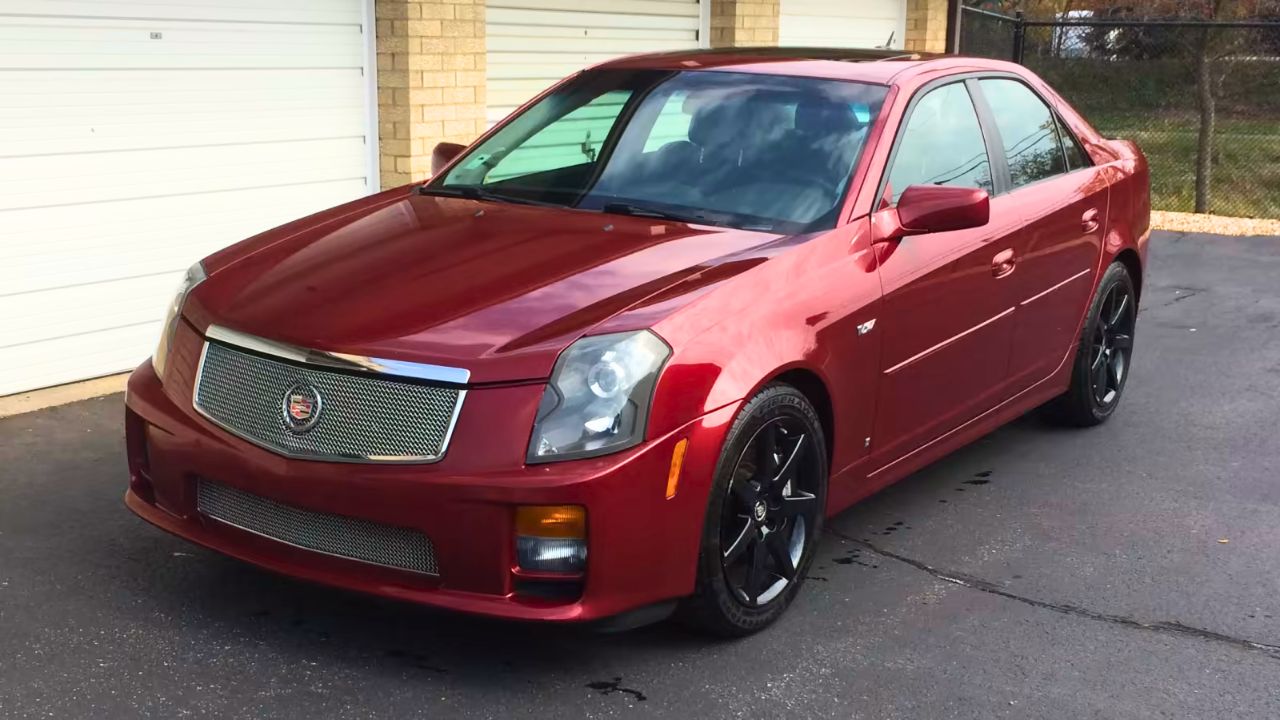
In 2006, Cadillac replaced the LS6 with the 6.0L LS2 V8, which still made 400 horsepower, but delivered torque earlier and more consistently across the rev range. It was a subtle but noticeable improvement in drivability.
While performance gains were minimal on paper, the LS2 gave the CTS-V a broader powerband and better real-world punch. Cadillac sold around 4,000 CTS-Vs in 2006, with buyers appreciating the refinement without sacrificing speed. It was still paired only with a manual—no slushbox in sight.
2009: Second-Gen CTS-V Gets a Supercharged LSA
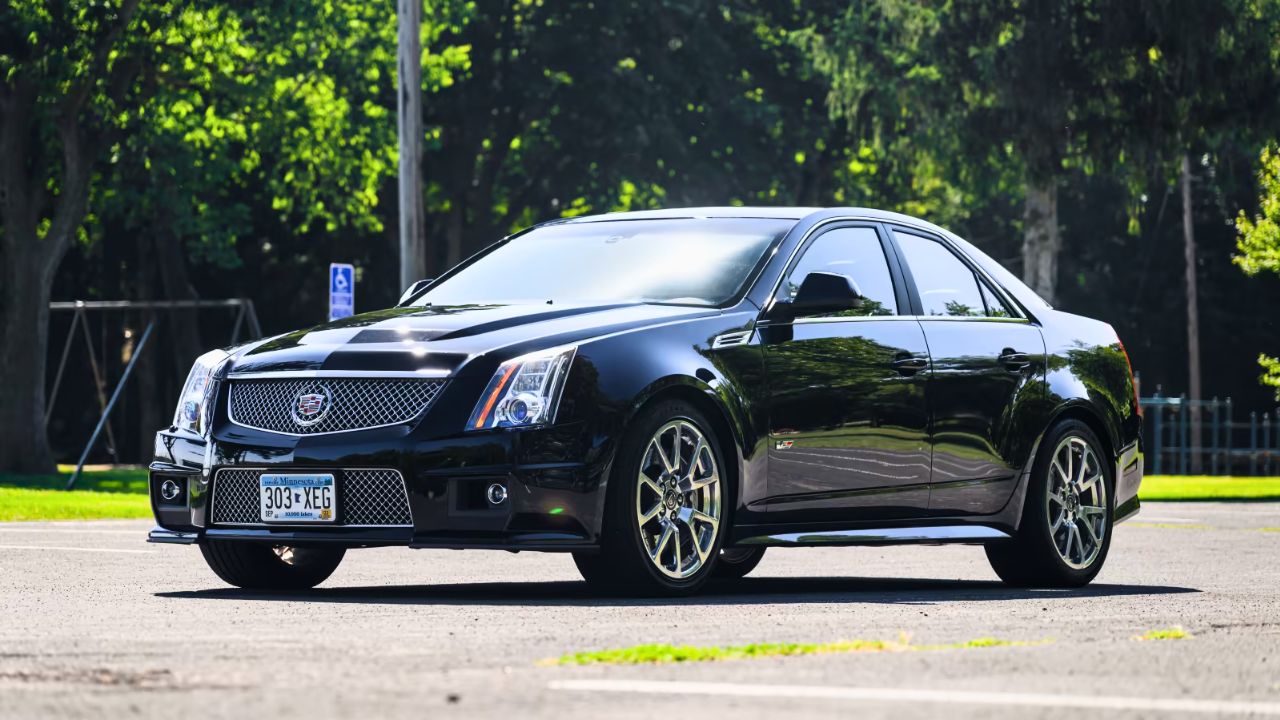
Cadillac raised eyebrows in 2009 by fitting the second-gen CTS-V with the 6.2L supercharged LSA V8, rated at 556 horsepower and 551 lb-ft of torque. That engine came from the Corvette ZR1’s LS9, just slightly detuned.
Available with either a 6-speed manual or automatic, this CTS-V hit 60 in 3.9 seconds. It wasn’t just fast—it was faster than most German sedans costing far more. Cadillac built around 11,000 CTS-V sedans in 2009, and for the first time, people outside North America started paying attention.
2011: CTS-V Coupe Brings Muscle Car Lines
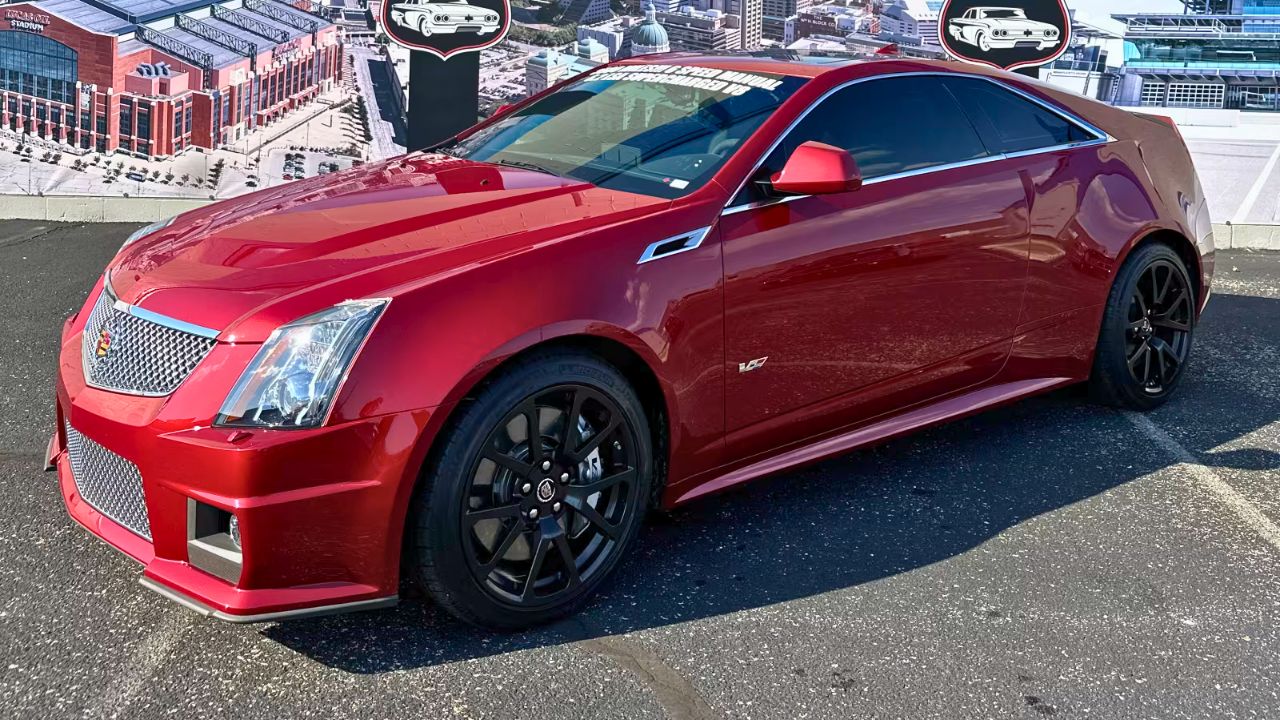
The CTS-V Coupe launched in 2011 with the same LSA powertrain but wrapped in a lower, wider two-door body. The angular rear quarter panels and fastback profile were polarizing, but it was unmistakable on the road.
Performance didn’t suffer with the design shift—0–60 still came in under 4 seconds, and lateral grip improved thanks to wider rear track geometry. Cadillac moved about 1,200 coupes that year, making it the rarest CTS-V body style. It was part muscle car, part luxury coupe, and all torque.
2011: CTS-V Wagon Becomes a Cult Hero
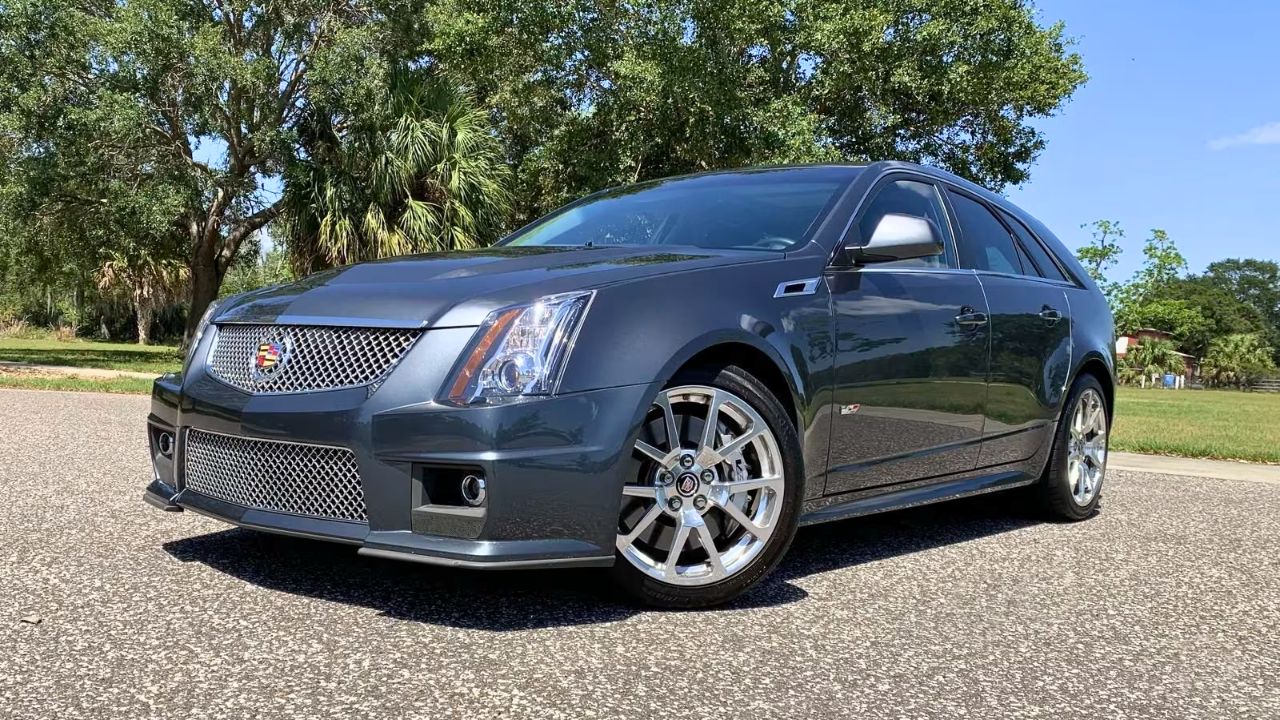
The CTS-V Wagon wasn’t supposed to exist, but Cadillac built it anyway. Offered from 2011 to 2014, the supercharged wagon came with either transmission, a 6.2L LSA V8, and 556 horsepower—just like the sedan and coupe.
Only 1,764 CTS-V Wagons were made, and fewer than 550 had a manual. It could haul groceries, hit 190 mph, and embarrass supercars at the track. Today, it’s arguably the most collectible of all CTS-Vs. No other American brand had the nerve to offer anything like it.
Magnetic Ride Control Became a CTS-V Signature
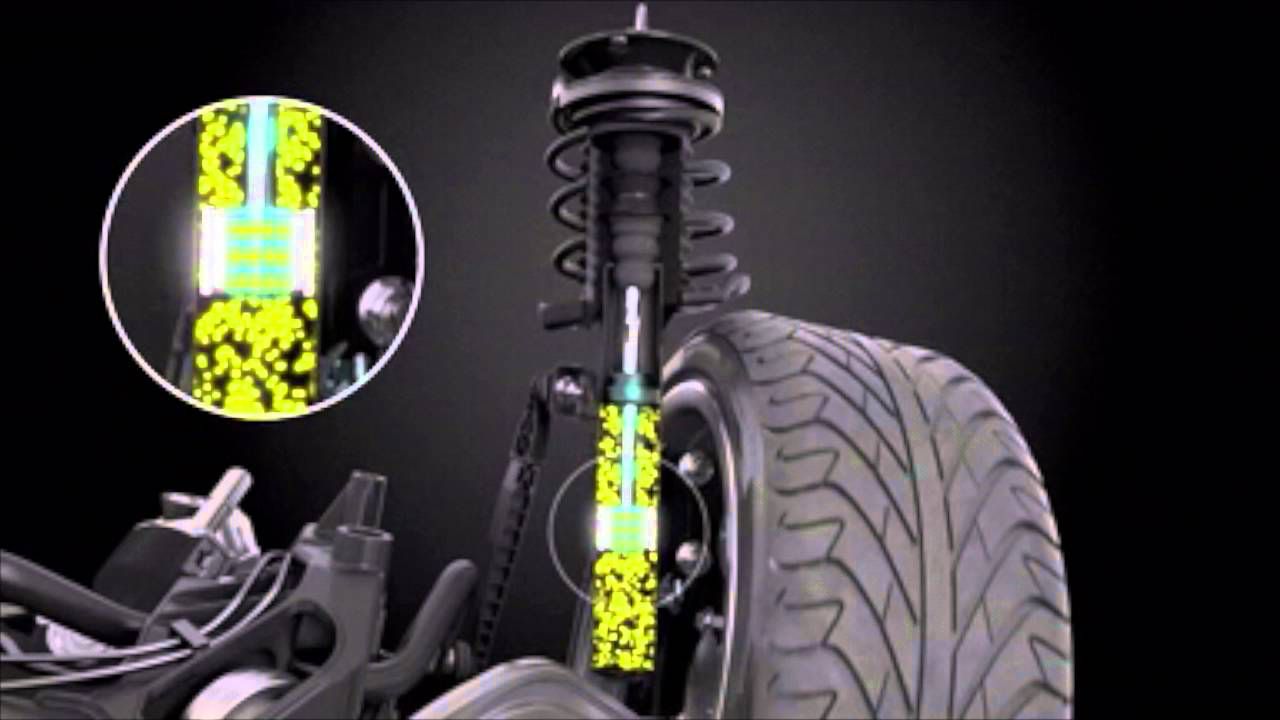
Starting with the second generation, Cadillac fitted the CTS-V with Magnetic Ride Control (MRC), giving it a serious edge in handling. MRC could adjust damping in milliseconds, delivering comfort or control depending on how you drove.
It wasn’t just marketing fluff—it worked. The system allowed the CTS-V to handle better than its weight would suggest, with real-world confidence in corners and stability at speed. MRC was eventually adopted by Ferrari and other high-end brands, but Cadillac had it first in a four-door muscle sedan.
2016: Third-Gen CTS-V Hits 640 Horsepower
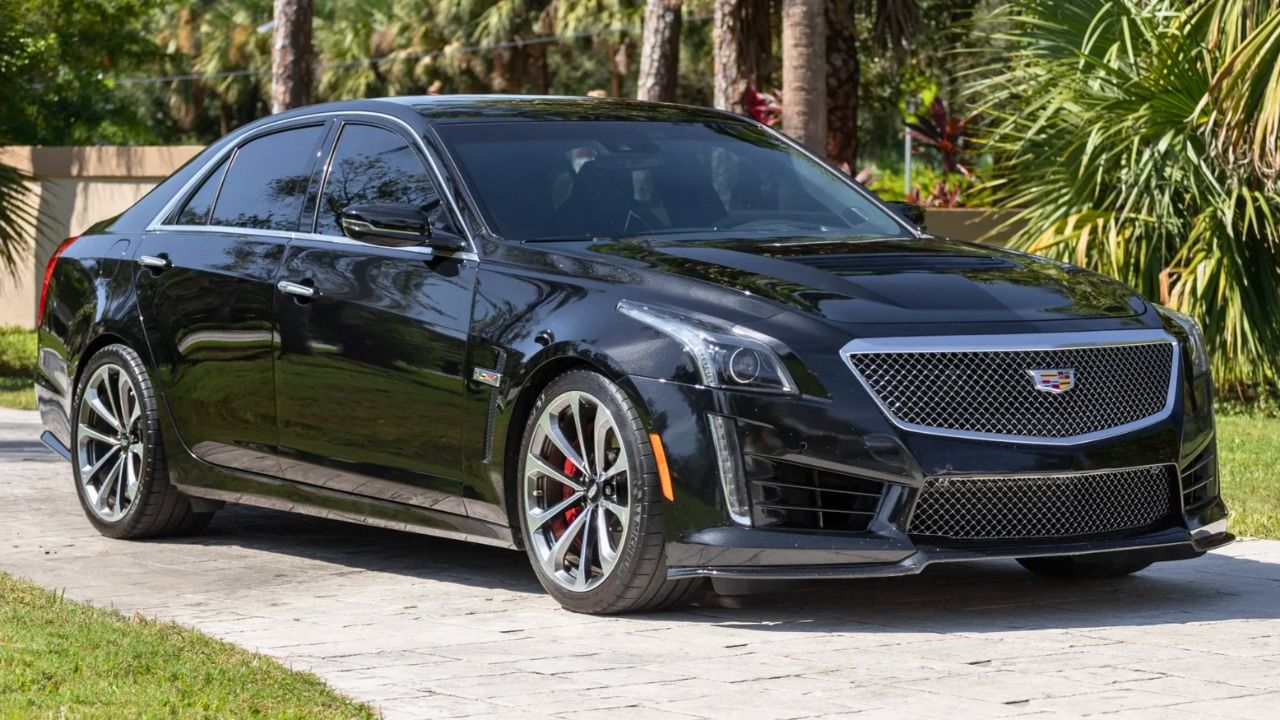
The final CTS-V generation launched in 2016 with a supercharged 6.2L LT4 V8, pumping out 640 horsepower and 630 lb-ft of torque. It shared a lot of DNA with the C7 Z06 but came only with an 8-speed automatic—the manual option was gone.
This CTS-V could reach 200 mph and had serious track chops, thanks to improved cooling, aerodynamics, and chassis tuning. Cadillac sold just over 9,500 units of the third-gen CTS-V during its run from 2016 to 2019. It was the highest-performing V-series car ever built up to that point.
V-Series Branding Grew, but CTS-V Was the Benchmark
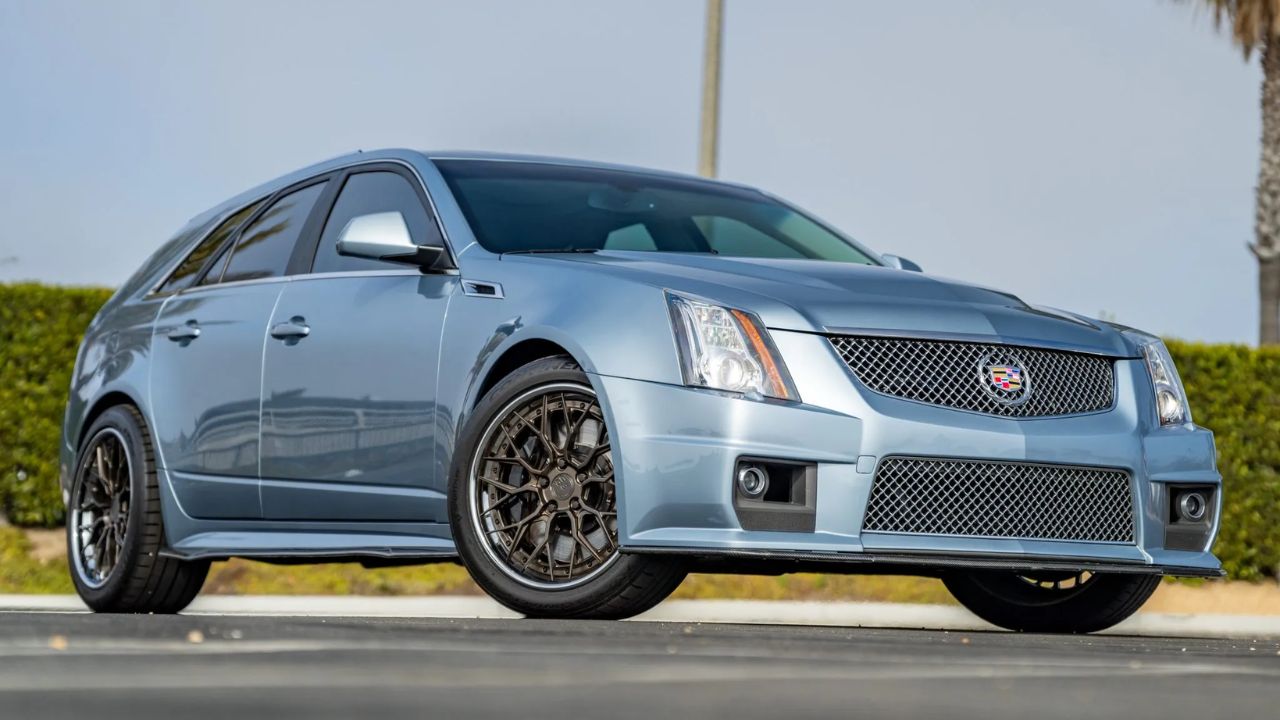
Over time, Cadillac expanded its V-Series lineup to include models like the ATS-V and CT4-V Blackwing. But none had the same street credibility or raw power as the CTS-V. It was always the benchmark.
The CTS-V balanced daily drivability with serious performance. It wasn’t trying to be a stripped-down sports car—it was a proper luxury sedan that just happened to be faster than almost everything else in its class. The V-Series brand owed much of its cachet to the groundwork laid by the CTS-V.
Limited Production Kept Values Strong
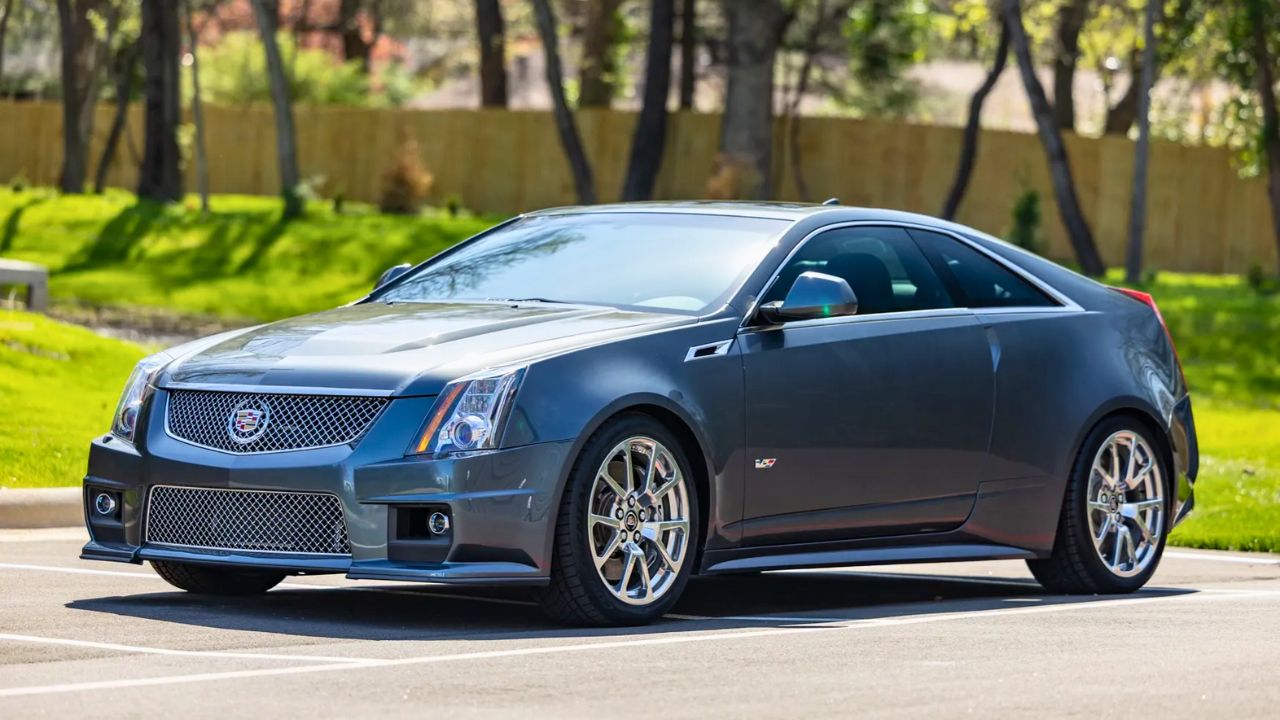
Across all three generations, Cadillac built around 40,000 CTS-Vs total. That’s a fraction of what BMW and Mercedes-AMG sold in the same segments. Low production kept resale values relatively strong, especially for coupes and wagons with manuals.
Collectors have started looking seriously at first-gen and second-gen models, particularly low-mileage cars. The manual CTS-V Wagon, in particular, commands a premium. These weren’t mass-produced muscle cars—they were niche, fast, and underappreciated until recently.
CT5-V Blackwing Carries the Torch—Barely
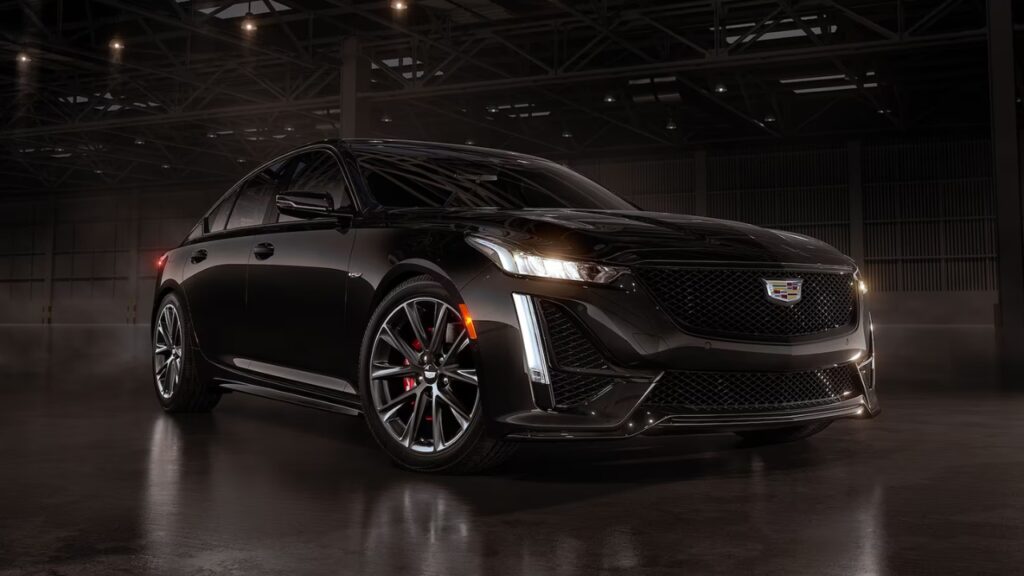
After the CTS-V bowed out in 2019, the CT5-V Blackwing arrived in 2022 with a similar mission: supercharged V8, rear-wheel drive, and serious speed. It shares the 6.2L LT4, but it brings back the 6-speed manual—something the last CTS-V lacked.
The CT5-V Blackwing makes 668 horsepower and is available in limited numbers. Cadillac has said it’ll be the last manual V8 sedan it ever builds. While not technically a CTS-V, it’s clearly the spiritual successor—and the final chapter in a story that started in 2004 with a Corvette engine and a point to prove.
Like Fast Lane Only’s content? Be sure to follow us.
Here’s more from us:
*Created with AI assistance and editor review.

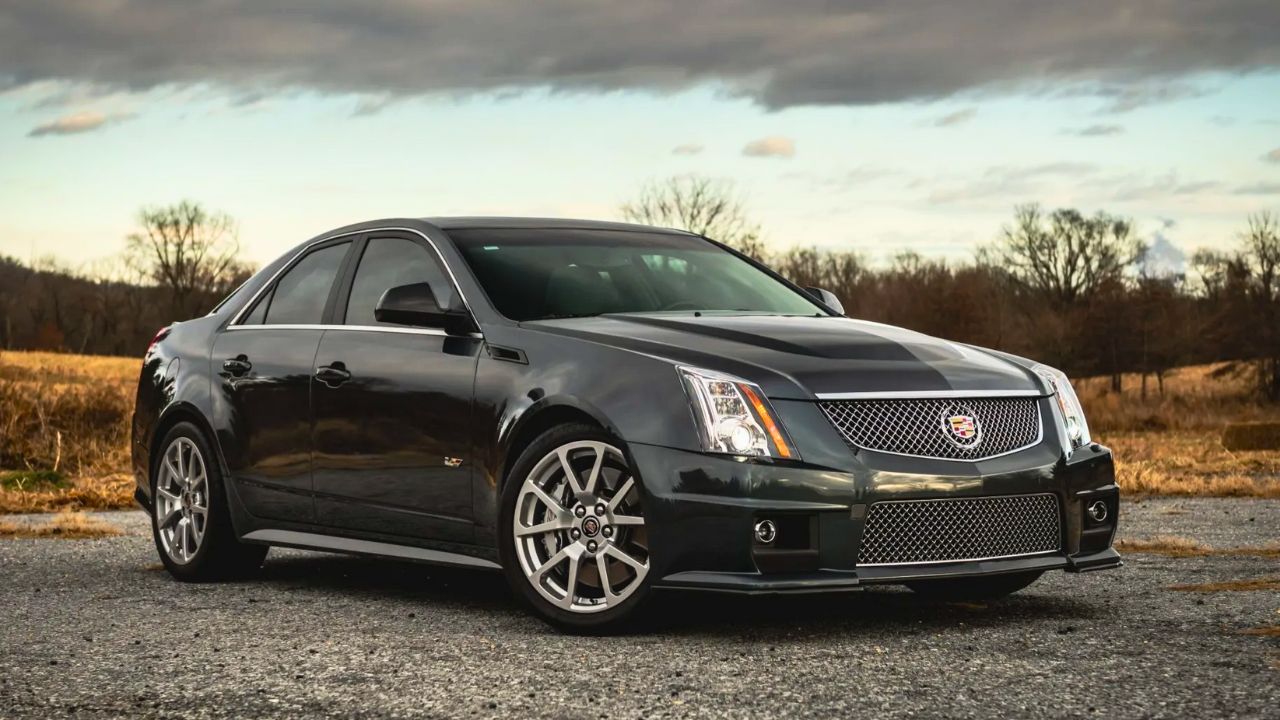
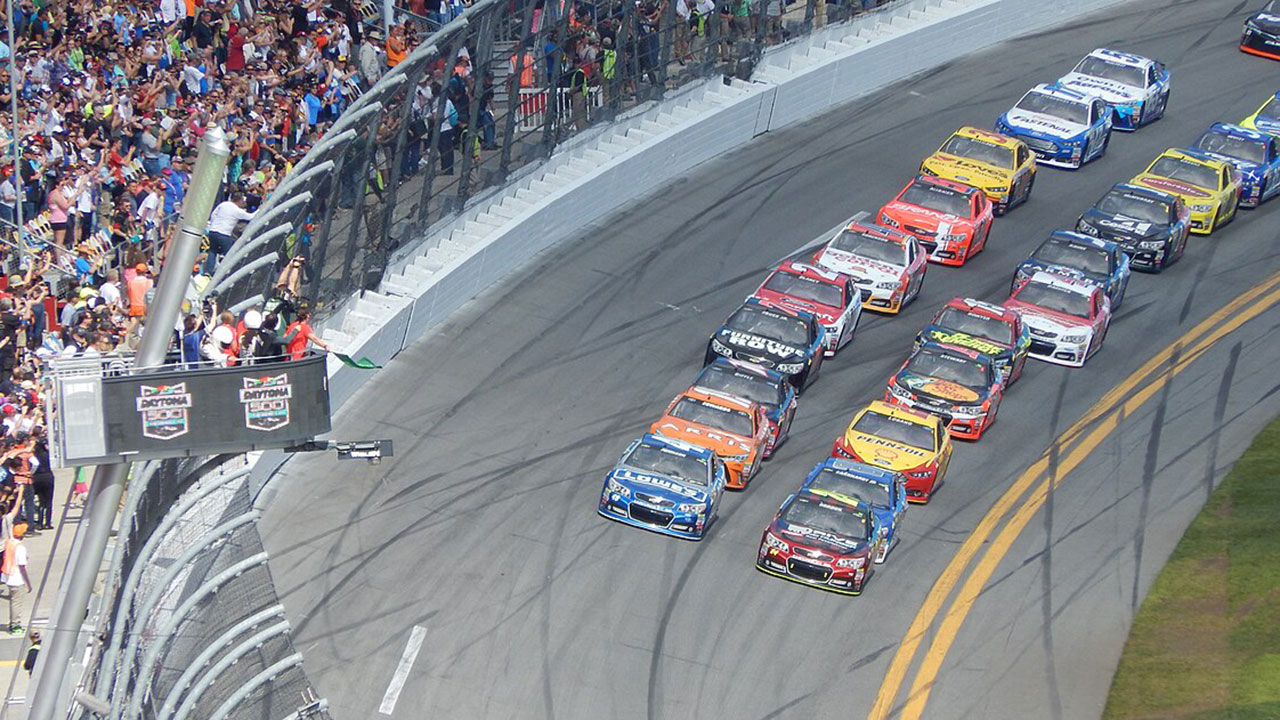
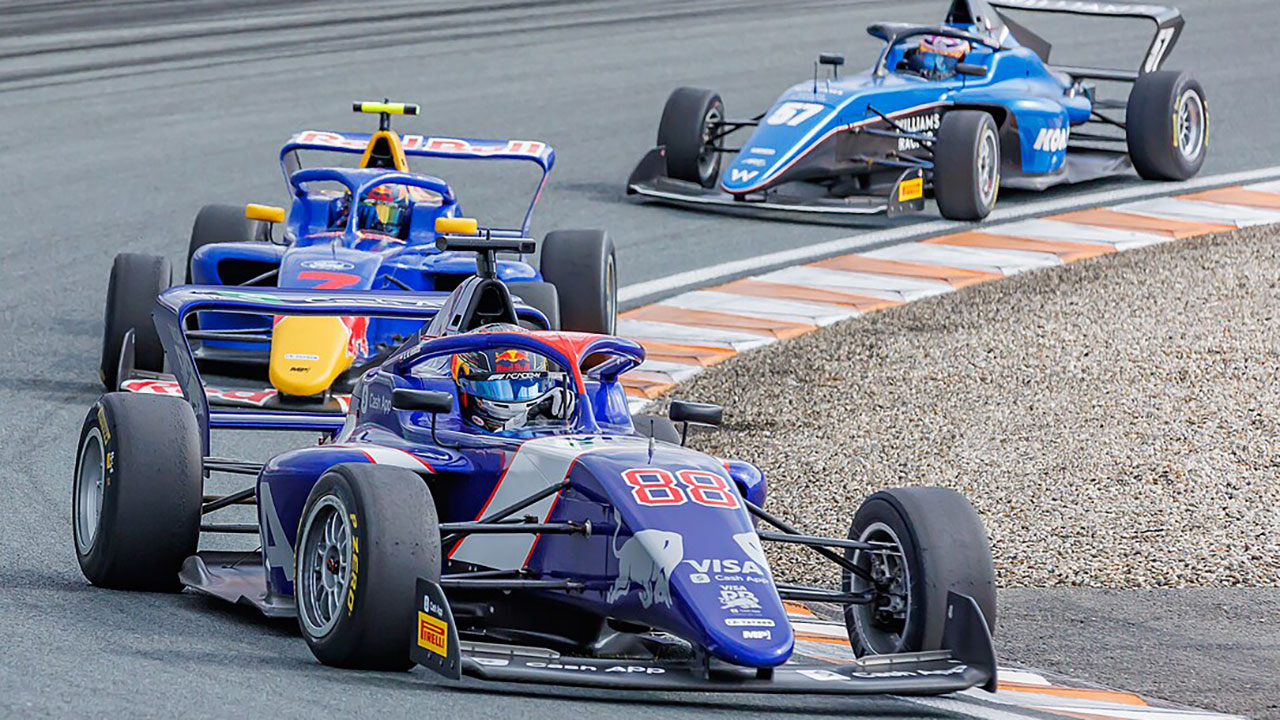
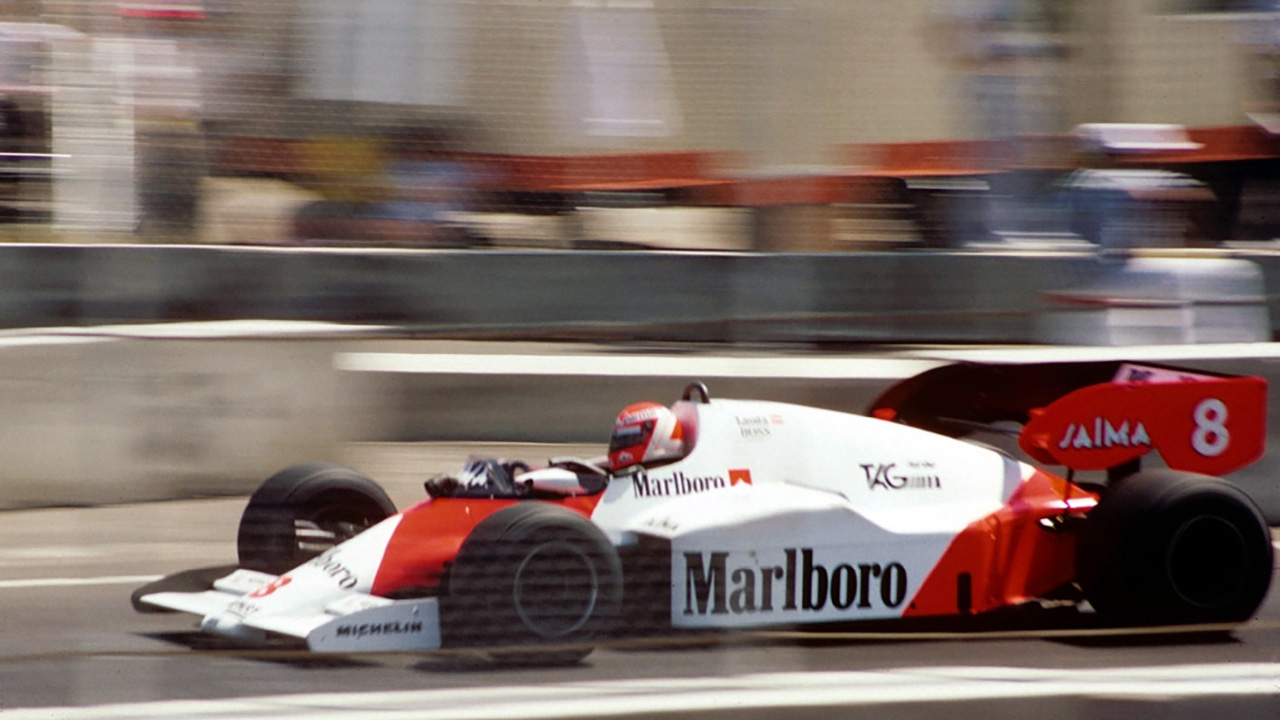
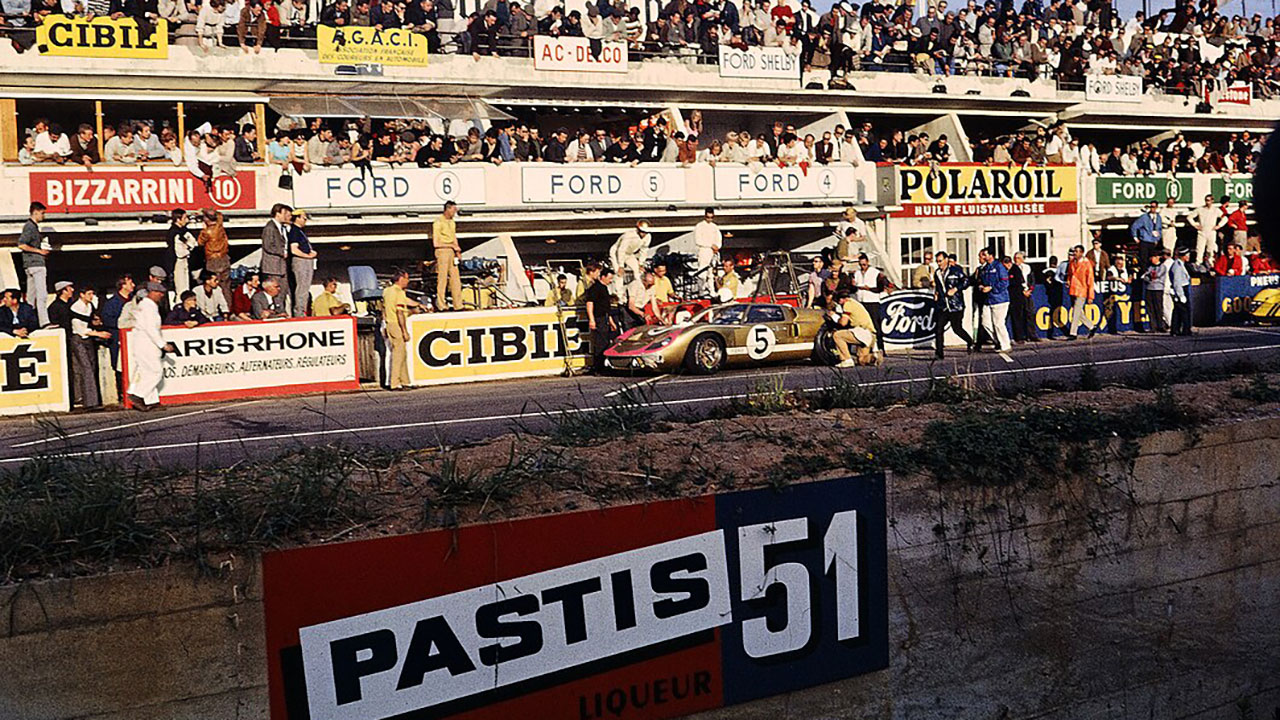
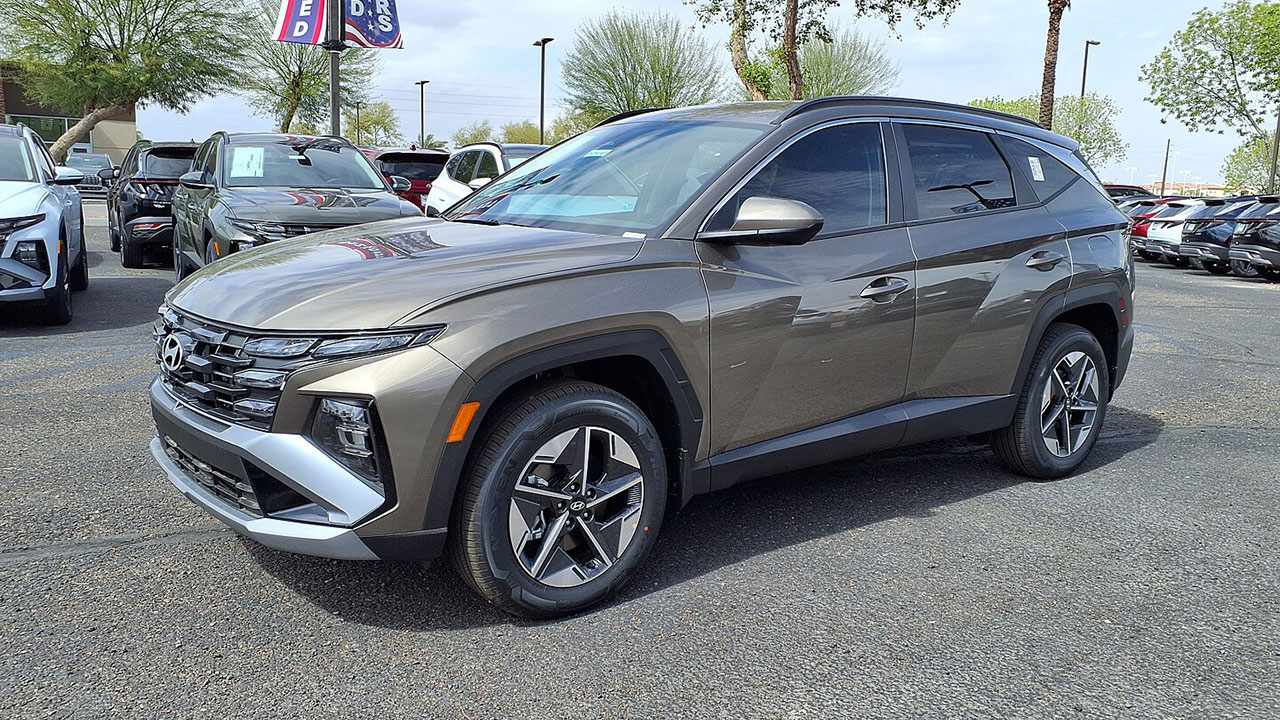
Leave a Reply